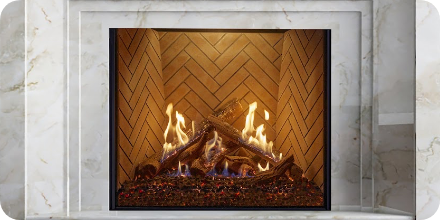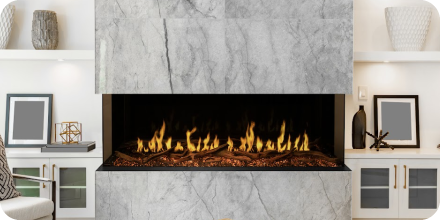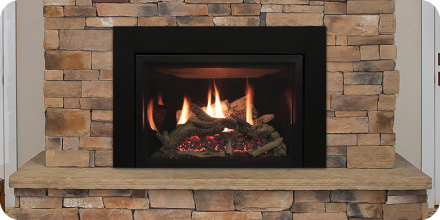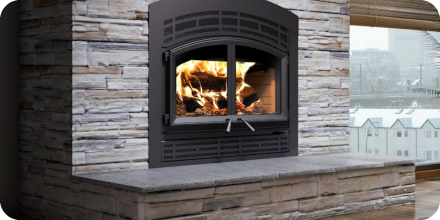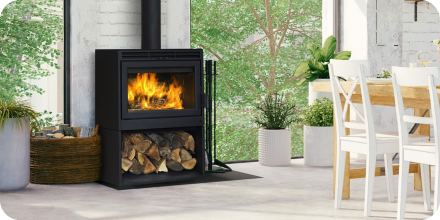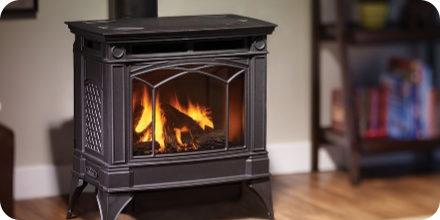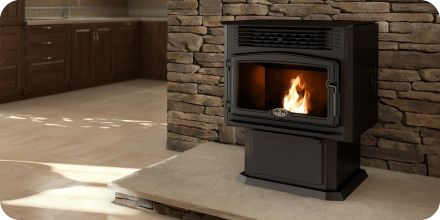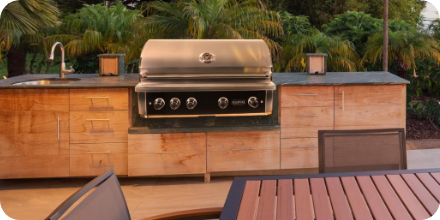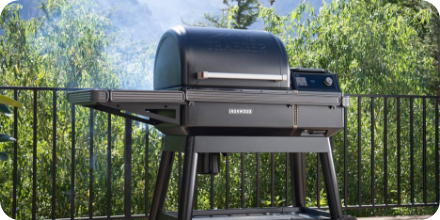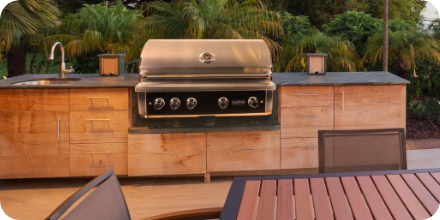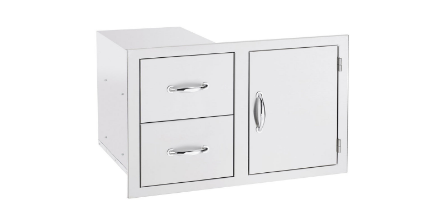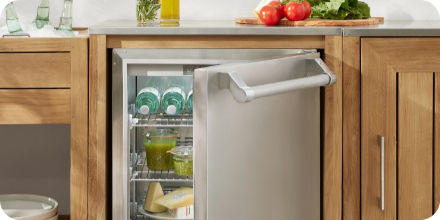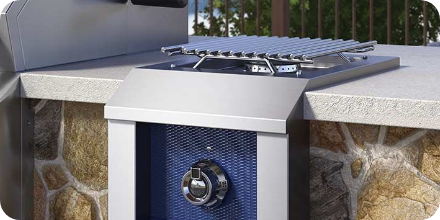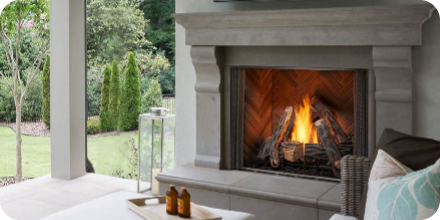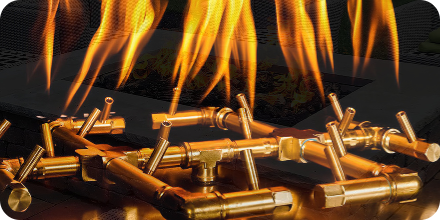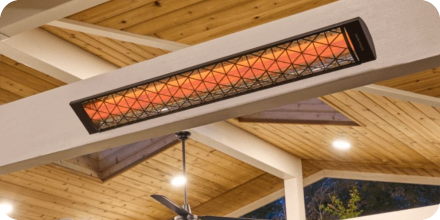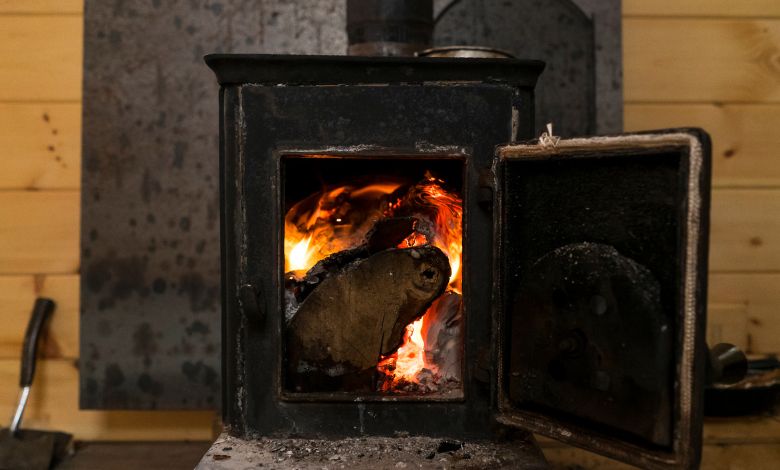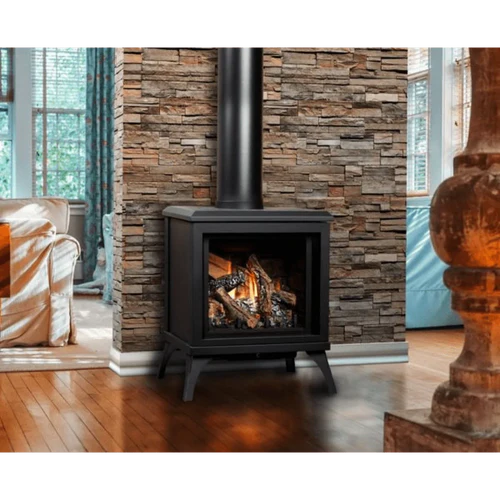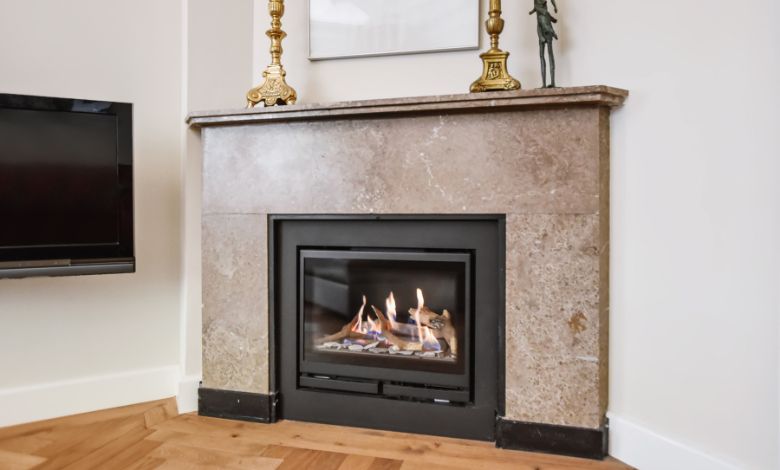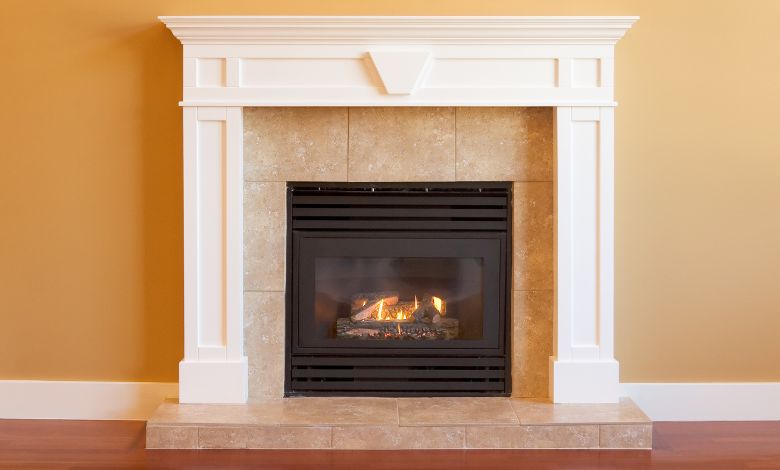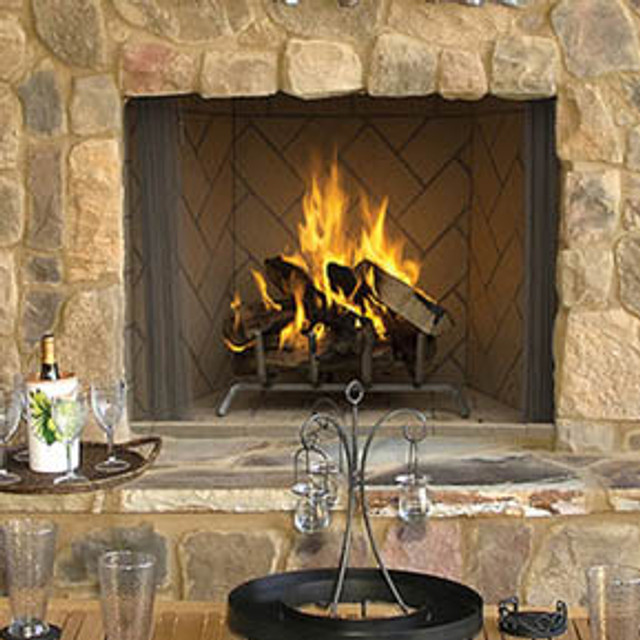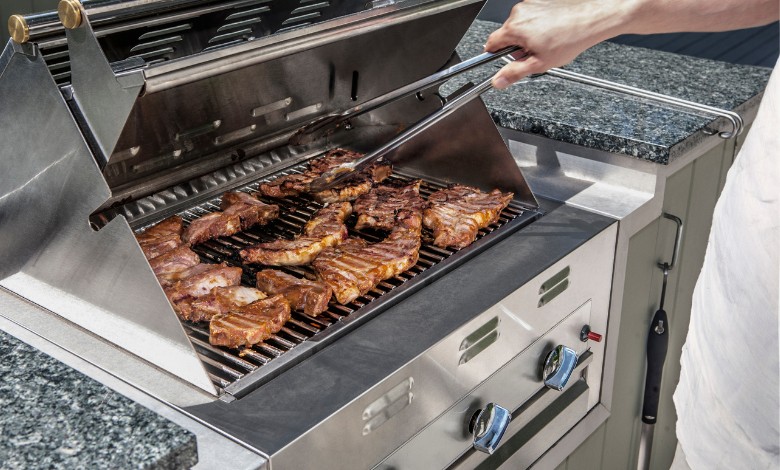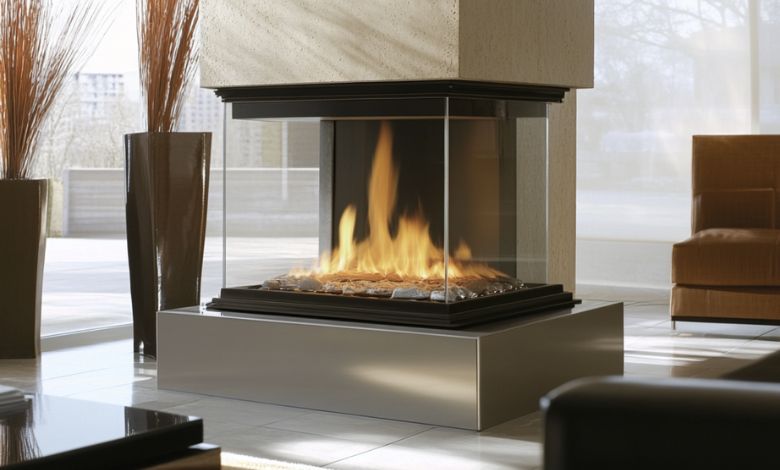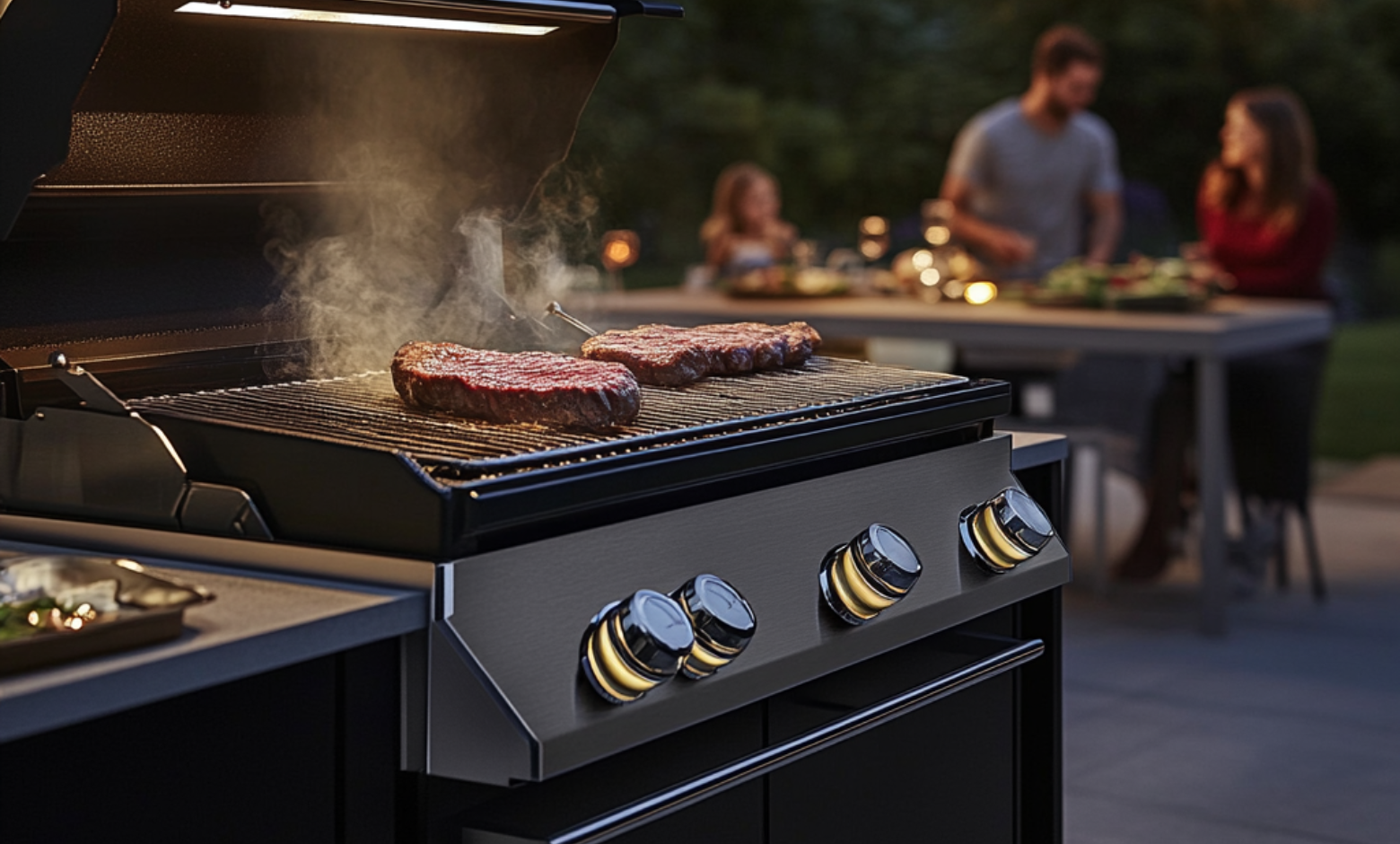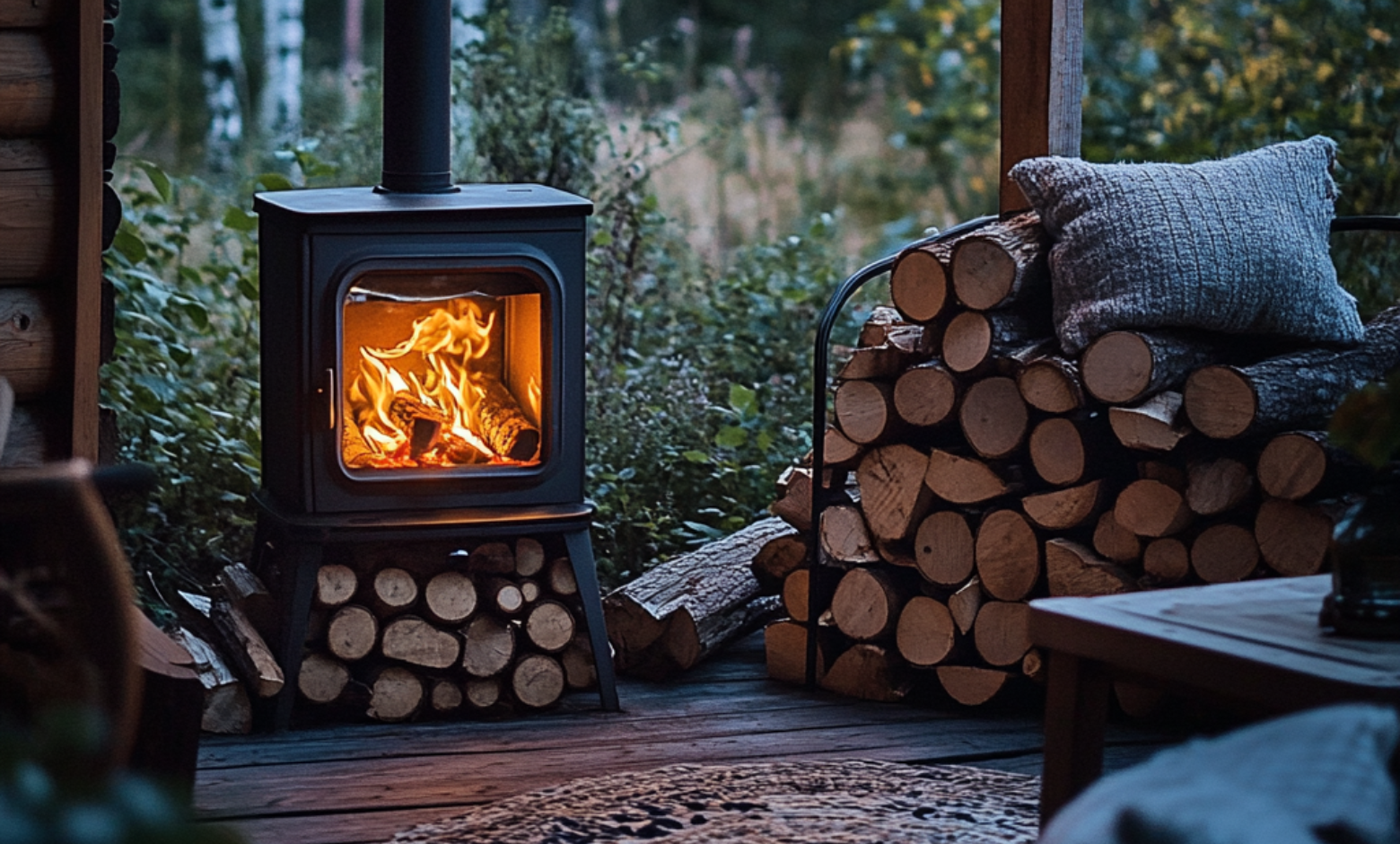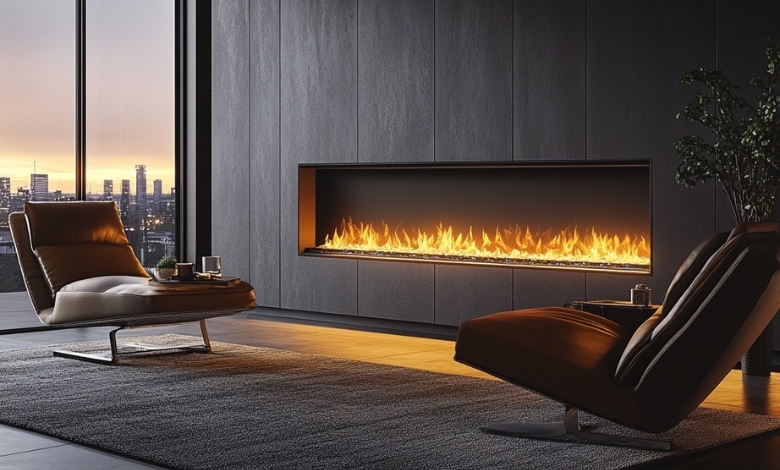The Ultimate Guide to Gas Fireplaces
Posted by Anna William on Oct 9th 2024
When it comes to cozying up your home, few things compare to the warmth, charm, and ambiance of a fireplace. But not all fireplaces are created equal, and if you're looking for a solution that offers both convenience and style, gas fireplaces may be the perfect fit. Here at Embers Living, we specialize in providing premium gas fireplaces designed to fit seamlessly into your lifestyle and décor. This comprehensive guide will cover all you need to know about gas fireplaces, including the various types, advantages, installation methods, and essential maintenance advice.
Why Choose a Gas Fireplace?
Gone are the days of chopping wood, cleaning out ash, or waiting hours for a fire to catch. With a gas fireplace, you get the best of both worlds—instant heat and the aesthetic appeal of a roaring fire, minus the hassle. If you're considering enhancing your current fireplace or adding a new one, here are several compelling reasons to opt for a gas fireplace:
- Convenience: Gas fireplaces light up immediately with just the press of a button or the flick of a switch. You can control the heat output and even set timers for automatic shutoff, making them incredibly user-friendly.
- Energy Efficiency: Gas fireplaces offer a more energy-efficient option compared to traditional wood-burning fireplaces. Many of these models are designed with high energy-efficiency ratings, allowing you to heat your home while reducing your environmental impact.
- Low Maintenance: Forget about dealing with soot, ash, and wood storage. Gas fireplaces are virtually maintenance-free, requiring only occasional checks to ensure everything is working smoothly.
- Customizable Aesthetics: From sleek, modern designs to rustic, traditional looks, gas fireplaces can be customized to match any home décor. You can also choose from a variety of fire bed options such as logs, glass, or stones for that personalized touch.
Types of Gas Fireplaces
Gas fireplaces come in several varieties, and the best option for your home depends on your needs, space, and aesthetic preferences. At Embers Living, we provide a variety of gas fireplaces to suit diverse preferences and needs. Our collection includes three primary styles: direct vent, ventless, and insert fireplaces, each offering unique benefits for different settings. Let’s explore the key features and distinctions of these options.
Direct Vent Gas Fireplaces
Direct vent gas fireplacesare a top choice for homeowners, and for good reason. These fireplaces vent directly to the outside, pulling air from outside to feed the fire, and expelling the exhaust back out, ensuring indoor air quality is maintained.
- Best for Homeowners seeking a clean, energy-efficient, and safe heating solution will find numerous options to enhance comfort while minimizing environmental impact.
- Installation: These fireplaces can be installed almost anywhere, provided there's access to an external wall or ceiling for venting.
- Efficiency: With an airtight system, direct vent models can heat a room efficiently without wasting energy.
- Style Options: Available in traditional and modern styles, they can complement any room, from a classic living room to a contemporary loft.
Ventless Gas Fireplaces
If you don't want the hassle of installing venting, a ventless gas fireplace is a great option. These models burn the fuel so efficiently that almost no combustion by-products are produced, meaning there's no need for a vent.
- Best for Spaces where venting isn't possible or desirable, like basements or interior walls.
- Installation: Ventless fireplaces offer incredible versatility. They can be set up in virtually any room in your home without needing a traditional chimney or vent.
- Efficiency: These models are highly energy-efficient since all the warmth is retained within the space. However, as they do not expel gases outside, it’s crucial to ensure adequate airflow in the room.
- Safety: These units come with oxygen depletion sensors that automatically turn off the fireplace if oxygen levels fall below a safe threshold.
Gas Fireplace Inserts
If you already have a classic wood-burning fireplace, consider giving it a contemporary update with a gas fireplace insert. These units are designed to fit into the existing firebox of your wood-burning fireplace, transforming it into a high-efficiency gas-powered heat source.
- Best for Homeowners looking to convert an existing fireplace without losing its charm.
- Installation: Installation is straightforward. The insert must be placed into the existing space, and gas lines and venting must be added as needed.
- Efficiency: Inserts drastically improve heating efficiency compared to traditional wood-burning fireplaces.
- Aesthetics: You still get that beautiful look of a fireplace, with logs, flames, and a cozy atmosphere, but without the mess.
Choosing the Right Gas Fireplace for Your Home
Selecting the right gas fireplace depends on a few key factors:
- Room Size and Heat Output
- Smaller rooms: A compact gas fireplace with lower BTUs (British Thermal Units) is ideal for bedrooms or home offices.
- Larger rooms: If you're heating a spacious living room or open-concept space, consider a model with a higher BTU output to ensure adequate warmth.
- Aesthetic Preferences
- Modern homes: Look for sleek, linear designs with minimal framing and reflective glass or media bed options.
- Traditional homes: Opt for gas fireplaces with log sets and stone surrounds to mimic the charm of a wood-burning hearth.
- Fuel Source
- Natural Gas: A perfect choice if your home is already equipped with a natural gas line. It's cost-effective and produces a steady flame.
- Propane: A great option for homes without a natural gas line. Propane fireplaces are portable and easy to use but may require occasional tank refills.
- Budget Gas fireplaces vary in price depending on size, features, and design. At Embers Living, we offer options to fit every budget without compromising quality.
Installation Process: What to Expect
One of the key benefits of gas fireplaces is how much easier they are to install compared to traditional wood-burning options. That said, having a professional handle the installation is essential for safety and optimal performance. Here’s an overview of what the process involves:
- Consultation: At Embers Living, we’ll guide you through selecting the perfect fireplace to match your home’s needs and aesthetic. We’ll assess the room size, layout, and venting options before suggesting the best model.
- Gas Line Installation: The first step in setting up a gas-powered fireplace is installing the gas line, if one isn't already present. A certified technician will handle the installation, ensuring the gas line reaches the precise spot where your fireplace will be located.
- Venting: For direct vent models, venting will be installed through an external wall or ceiling. For ventless models, you can skip this part, but ensuring the room is well-ventilated remains crucial.
- Fireplace Installation: Once the gas line and venting are in place, the fireplace unit will be installed. This task typically takes a few hours, depending on the project's complexity.
- Finishing Touches: Whether it’s adding a custom mantel, stone surround, or built-in cabinetry, the final design elements will be installed to match your home’s style.
Maintenance and Safety Tips
Although gas fireplaces generally require less maintenance than wood-burning ones, regular upkeep is still essential to ensure they operate efficiently and safely. Here are some key tips to help keep your gas fireplace in top condition:
- Annual Inspection: Have your fireplace professionally inspected once a year. This includes checking the gas line, venting system, and ignition controls to ensure everything is functioning properly.
- Clean the Glass: Over time, the glass panel on your fireplace can become cloudy from combustion residues. Clean it regularly with a manufacturer-approved cleaner to keep your view clear.
- Check for Blockages: If you have a direct vent model, make sure the vent is free from debris like leaves or bird nests. A blocked vent can affect performance and pose a safety risk.
- Pilot Light: For fireplaces equipped with a pilot light, it's important to check that it’s operating properly. If you notice the pilot light keeps going out, this could signal an issue with the gas supply or the ignition system that needs attention.
- Safety Features: Contemporary gas fireplaces are designed with a variety of safety mechanisms, including oxygen depletion sensors and automatic shutoff systems to ensure safe operation. Be sure these are working properly to ensure safe operation.
Design Ideas: Elevating Your Space with a Gas Fireplace
At Embers Living, we believe that your fireplace should be the centerpiece of your home, blending both function and beauty. Here are a few design ideas to inspire you:
- Modern Minimalism: Opt for a sleek, frameless gas fireplace with a glass or stone fire. Create a modern aesthetic by combining it with neutral colors, sleek lines, and minimalist furnishings.
- Rustic Charm: Embrace the coziness of a cabin-inspired fireplace with a log set and stone surround. Add wood accents and soft, warm lighting to create the perfect rustic retreat.
- Built-In Beauty: Install your gas fireplace into a custom built-in unit with bookshelves or cabinetry. This not only adds storage space but creates a focal point that draws the eye.
- Double-Sided Fireplaces: Why limit yourself to just one room? A double-sided gas fireplace can warm two spaces simultaneously, such as a living room and dining room, or a bedroom and ensuite bathroom.
Gas Fireplaces: Frequently Asked Questions
1. Can I use my gas fireplace during a power outage?
Yes! The majority of gas fireplaces are built to function efficiently, even when the power goes out. However, some models with electronic ignition may require battery backup to ignite.
2. Are gas fireplaces expensive to run?
Not at all. Gas fireplaces are energy-efficient and can actually help lower your heating costs. You can also control the heat output, so you’re only using as much fuel as you need.
3. Can I convert my wood-burning fireplace to gas?
Yes! Gas inserts offer an ideal way to transform your traditional wood-burning fireplace into a convenient, gas-powered option. They’re simple to install and drastically improve efficiency.
4. Is a ventless gas fireplace safe?
Yes, when used properly. Ventless fireplaces come with built-in oxygen depletion sensors that trigger an automatic shutdown when oxygen levels drop too low, ensuring safety in your space. However, proper room ventilation is essential.
5. How long do gas fireplaces last?
With proper maintenance, a gas fireplace can last anywhere from 10 to 25 years, making it a long-term investment in your home’s comfort and value.
Conclusion: Your Dream Gas Fireplace Awaits at Embers Living
A gas fireplace offers more than warmth—it enhances the ambiance, comfort, and design of your home, making it a valuable addition to your living space. Whether you're drawn to the convenience of remote control, the elegance of modern design, or the cozy charm of a traditional hearth, Embers Living has the perfect gas fireplace for you. Our expert team is here to help you every step of the way, from selecting the right model to installation and beyond.
Ready to find your dream fireplace? Visit Embers Living today, and let us guide you toward the perfect gas fireplace to make your home feel warm and inviting all year round.

